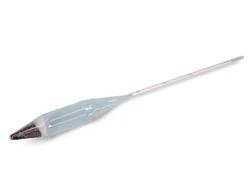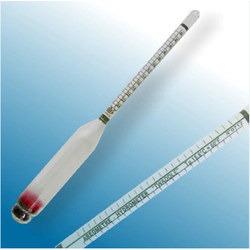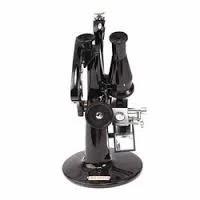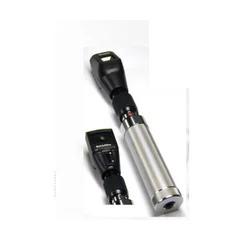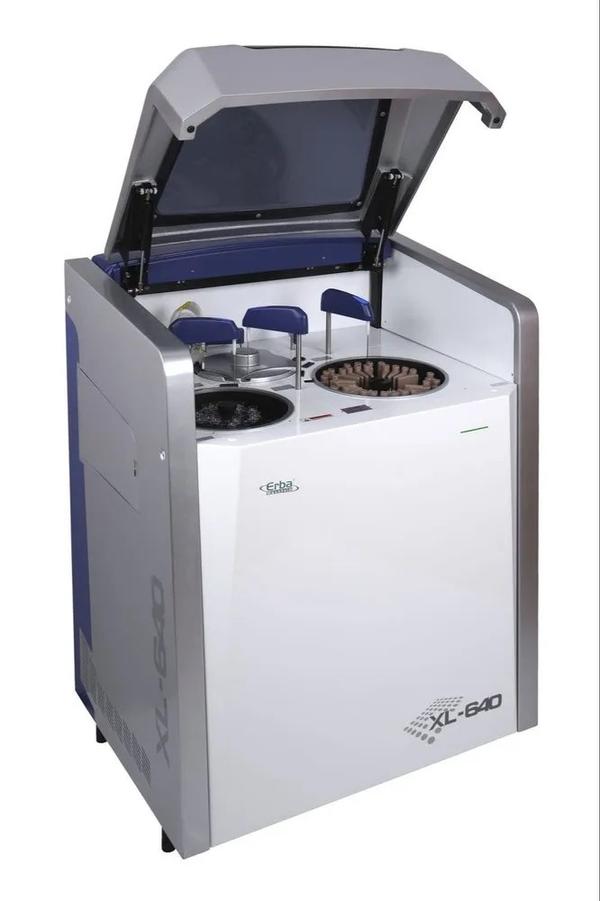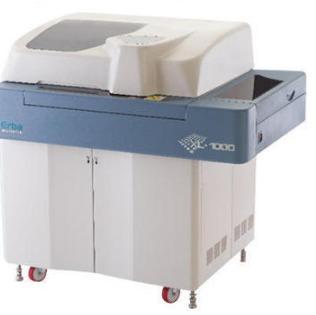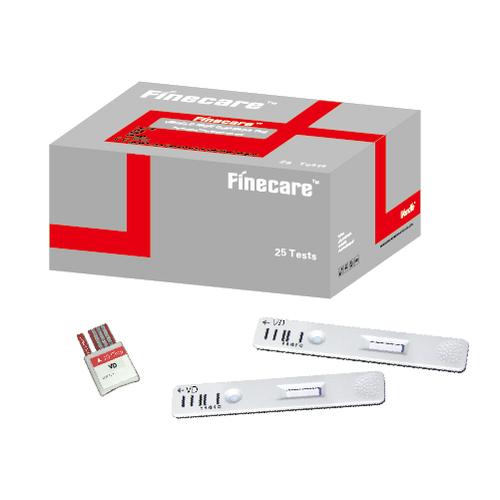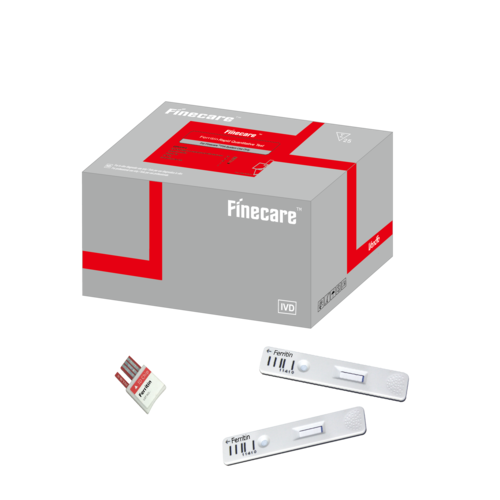Product Details: Material Plastic Automation Type Semi-Automatic Color White Usage/Application Industrial Range 0/20 A 0/20 20/40 40/60 60/80 80/100 Type Hydrometers We are engaged in manufacturing and supplying of Sikes Hydrometers of superior quality range. Hydrometers is a device to measure relative density of liquids such as Grease, oil etc. Components used in a hydrometer are glass frame, cylindrical stem and bulb floating in the mercury fluid.To test the density of a liquid, we use a long glass jar.The jar is filled with liquid and hydrometer is floated inside the fluid.The liquid surface touches the stem of hydrometer at specific point, which indicates specific gravity of that fluid. Features: Alcohol meter (V / V, Volume By Volume) Zeal U.K. at 15.6ºC Range: 0-20, 20-40, 40-60, 60-80, & 80-100 JAWA (Brix) Hydrometers with work Certificate Germany Range: No.1 - 2 to 13 No.2 - 13 to 21 No.3 - 19 to 27 Heavy Liquid Hydrometers, Germany Sp.Gr.1000/2000 & BE 0/70 Light Liquid Hydrometers, Germany Sp.Gr. 700/1000 & BE 10/70 Heavy Liquid Hydrometers, 305 mm Long, Range - 1.000 / 2.000 & 0/70 Baume Light Liquid Hydrometers, 230 mm Long, Range : 700 / 1.000 Baume Hydrometers, Germany at 20ºC Range: 0/10, 10/20, 20/30, 0/20, 0/30, 0/40, 0/50, 30/40 & 40/50 Baume Hydrometers, Digital, Atago, Japan Model PAL-84S, Range : 0.0 - 210 Twaddle Hydrometers German at 60ºF, No. 1, 2, 3, 4, 5, & 6 Twaddle Hydrometer Zeal England at 84ºF, No. 1, 2, 3 & 6 Twaddle Hydrometer Zeal England at 84ºF, No. 4 & 5 Brix Hydrometer w/o Thermometer Germany at 20ºC Range: 0/10, 10/20 & 20/30 Brix Hydrometer w/o Thermometer Germany at 27.5ºC Range: 0/10, 10/20, 20/30, 30/40, 0/30, 30/60 & 60/90 Brix Hydrometer with Thermometer Germany at 27.5ºC & 20ºC Range: 0/10, 10/20, 20/30, 0/30, 30/60 & 60/90 Brix Hydrometer with Thermometer Germany GDR, German at 27.5ºC & 20ºC Range: 0/10, 10/20 & 20/30 Brix Hydrometer with Thermometer German with NPL Certificate Brix Hydrometer, Sugar Percent Temp. 27.5ºC Made in West Germany Specific Gravity Hydrometers, Germany at 20ºC 600/700, 700/800, 800/900 & 900/1000 & 800/10001000/1100, 1100/1200, 1200/1300, 1300/14001400/1500, 1500/1600, 1600/1700, 1700/18001000/1200, 1200/1400, 1400/1600, 1600/1800, 1800/2000 800/1000 GDR German Make Sikes Table Book Indian Soil Hydrometer, Zeal England, ASTM 152 H Range: 5 to 60 gm / ltr, Temp: 68ºF Yes! I am interested
Send Message